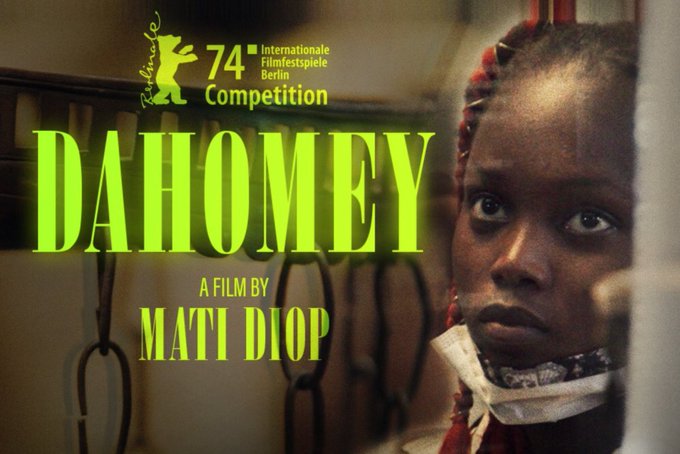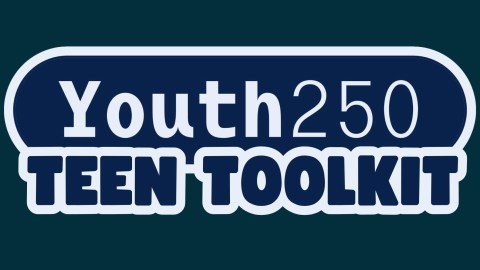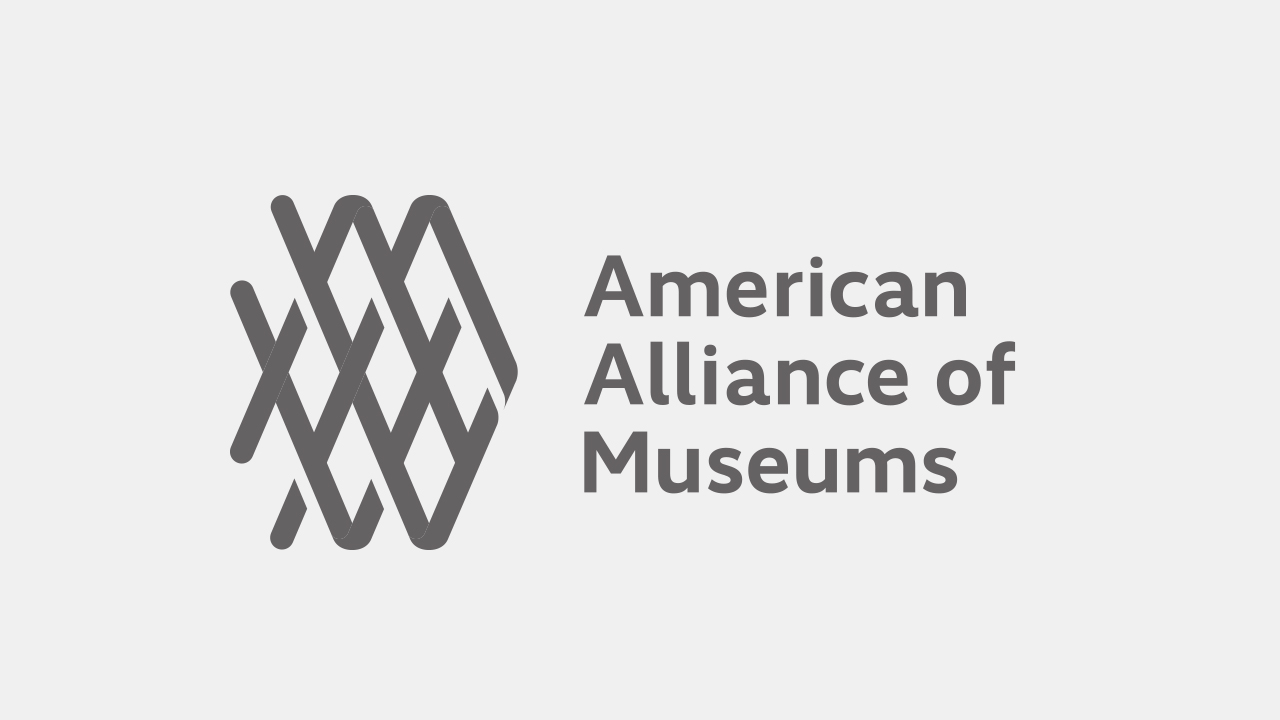
I’m excited to announce that AAM has arranged a special showing of the 2024 documentary Dahomey at the upcoming AAM Annual Meeting in Los Angeles.
Dahomey, directed by French Senegalese filmmaker Mati Diop, explores the repatriation of 26 royal artifacts, looted by French forces in 1892, from the Musée du Quai Branly to Benin. The film captures the emotional and political significance of this return, highlighting how contemporary Beninese people—particularly younger generations—engage with their heritage. It also raises profound questions for museum professionals, including the future of their collections, legal frameworks for restitution, and the evolving role of museums as ethical stewards of their colonial past.
The screening is free, and open to all attendees. If you are interested in joining other attendees for a post-film discussion over dinner (at your own expense), from 6:30-8:30 pm please RSVP to Ariel Waldman by COB Friday, April 11 at futureofmuseums@aam-us.org.
I hope you will put this on your schedule for the annual meeting:
Thursday, May 8, 5:00–6:00 p.m.
Open to all attendees.
Location: Los Angeles Convention Center, Theater, Room 411
What to Expect
The pacing of the film makes a perfect transition from the frenetic energy of the conference. The first half, a meditative, often silent testimony about alienation and return, offers viewers the opportunity to slow down, breathe, and contemplate museum work from alternate points of view. That view is often voiced by a statue that represents Ghezo, the king of Dahomey from 1818 to 1858—designated “object #26”—narrating the experience of being crated and shipped back to a country from which it has been so long estranged. (Side note, this documentary might be in the running for “most screen time given to the packing, shipping, unpacking, condition reporting, and installation of a museum artifact.”)
Upon arrival in Benin, joyous crowds greet the arrival of the artifacts and form a procession through the streets to the museum. The installation itself is documented with moments of introspection, such as when one of the museum staff sings quietly to an artifact after it is set in place. Diop is not a museum insider, and I was fascinated by what she found to be of interest at the center and around the edges of this historic event. She gives equal screen time to the official welcoming delegation, security guards, groundskeepers, and the installation crew.
A bit over half way through, the film pivots to coverage of a passionate debate among university students about what the return of these treasures does (or does not) signify for them and their understanding of their culture. Is the return of 26 objects, out of 7,000, a “savage insult,” as one speaker characterizes it, or a good beginning of a longer process of return, as another speaker contends? Is the return a bid for popularity by the presidents of France, or Benin, and even if that’s true, does it matter? One student notes the irony that young people in Benin, having been alienated from their own languages, can only talk about repatriation in French, the language of their colonizers. (N.B.—the film is in French, with English subtitles.) Another points out that it is all very well to have the artifacts on view at the Palais de la Marina, but where is the funding that would enable school children, some of them in remote villages, to visit? One of the government officials interviewed for the film observed about the significance of the treasures, “they give us strength, they give us power, and they provide us with absolute clarity about who we are, and about what our contribution to world patrimony is about.”
Diop has commented that she has been “enormously surprised to realize to what extent the audience felt the film made a lot of space for them. This space allows them to use their own intelligence, their own sensibility.” I hope this film will provide space for conference attendees to debate, question and reflect.
If you aren’t coming to the conference, or are unable to join us for the screening, you can rent or buy the film from Amazon Prime. But I, for one, welcome the increasingly rare opportunity to connect in person for a shared experience.








